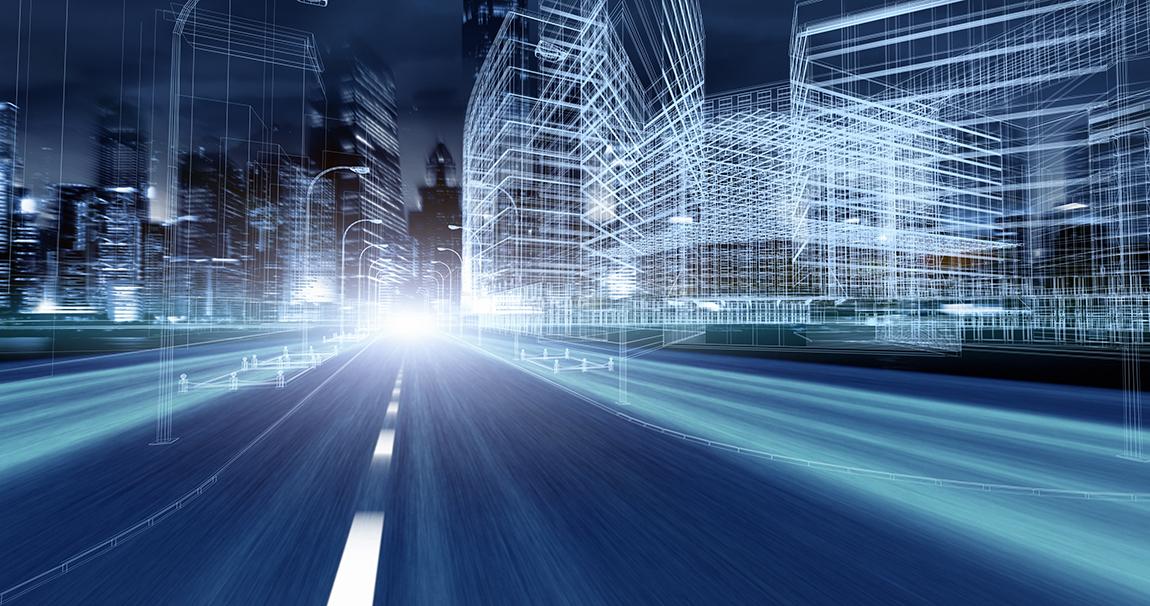3D LASER SCANNING
3D Scanning is used widely in architecture and construction. It is a highly accurate method to capture the details of an existing building or construction site. The laser scanning can help designers visualize their designs by using real building data as a foundation. Without physically touching what is being measured, 3D Laser Scanning creates clear and precise digital records of existing conditions.
HOW DOES LASER SCANNING WORK?
3D laser scanning is a technology that uses lasers to capture the shape and appearance of objects and environments. It works by emitting laser beams that measure distances and angles to the surfaces they hit. Multiple scans are performed from different positions to cover the entire scene. The collected data points form a point cloud, which is processed to create a 3D model. This technology allows for highly accurate and detailed representations of real-world objects and is used in various industries for analysis, visualisation, and design.

If you are looking for a fast and reliable service, get in touch for a quick quote and get your project started.
Utilising 3D laser scanning is the most efficient method for capturing intricate details and generating comprehensive floor plans, elevations, and sections for your property.
ADVANTAGES OF LASER SCANNING -
- High Accuracy: Laser scanning provides exceptional accuracy, capturing precise measurements of objects and environments. It ensures that detailed information is captured with minimal errors.
- Efficient Data Capture: Laser scanners can quickly capture a large amount of data in a short period. This saves time compared to traditional manual surveying methods, which may be slower and more labor-intensive.
- Non-Destructive: Laser scanning is a non-contact method, meaning it does not require physical contact with the objects being scanned. This makes it suitable for fragile or sensitive structures that need to be preserved.
- Time and Cost Savings: Laser scanning can significantly reduce the time and costs associated with traditional surveying and data capture methods. It streamlines the process by quickly collecting accurate data, minimizing the need for manual measurements or revisits to the site.
- Enhanced Safety: Laser scanning allows surveyors and professionals to capture data from a distance, eliminating the need to access hazardous or hard-to-reach areas. This improves safety conditions for surveying teams.

